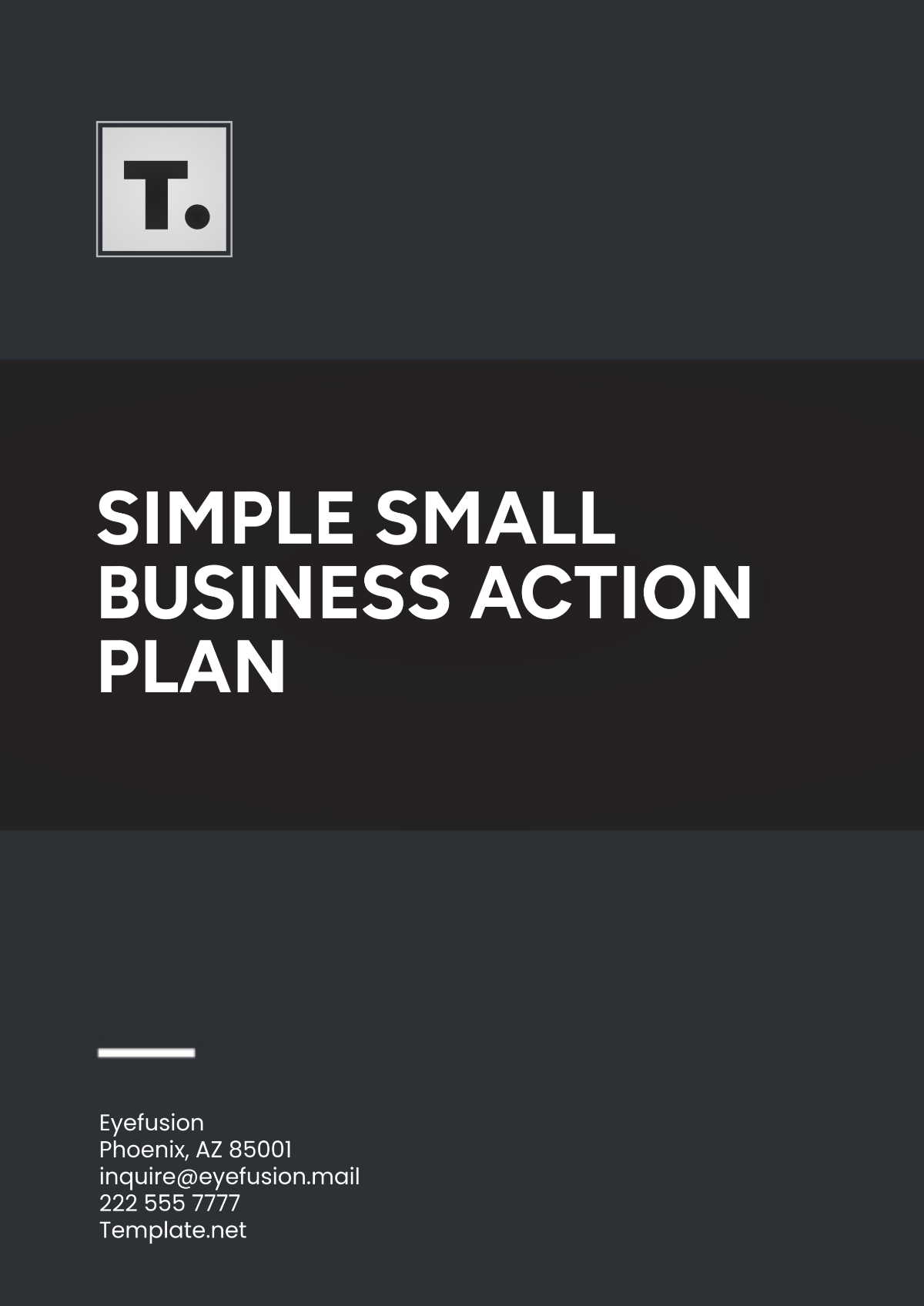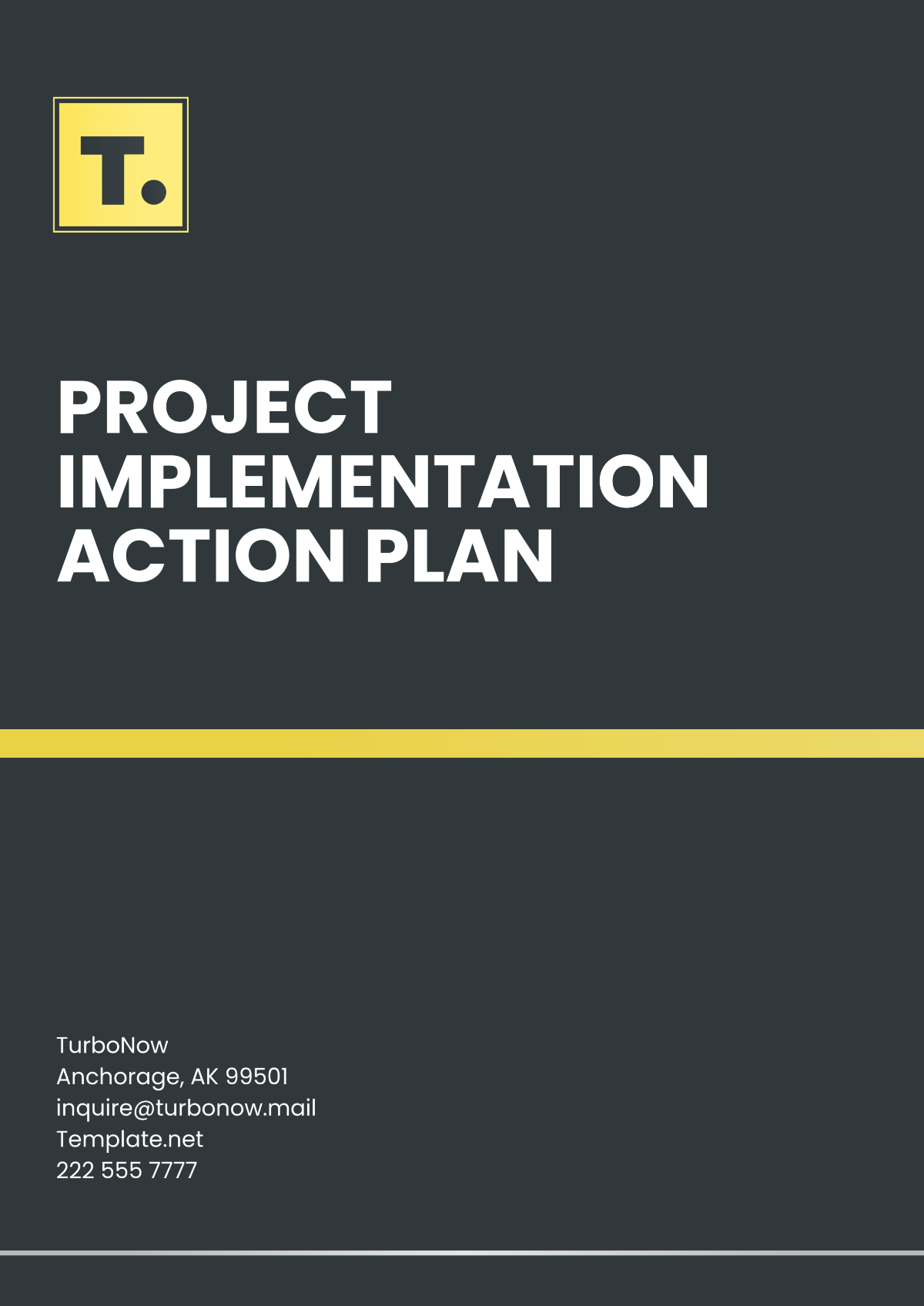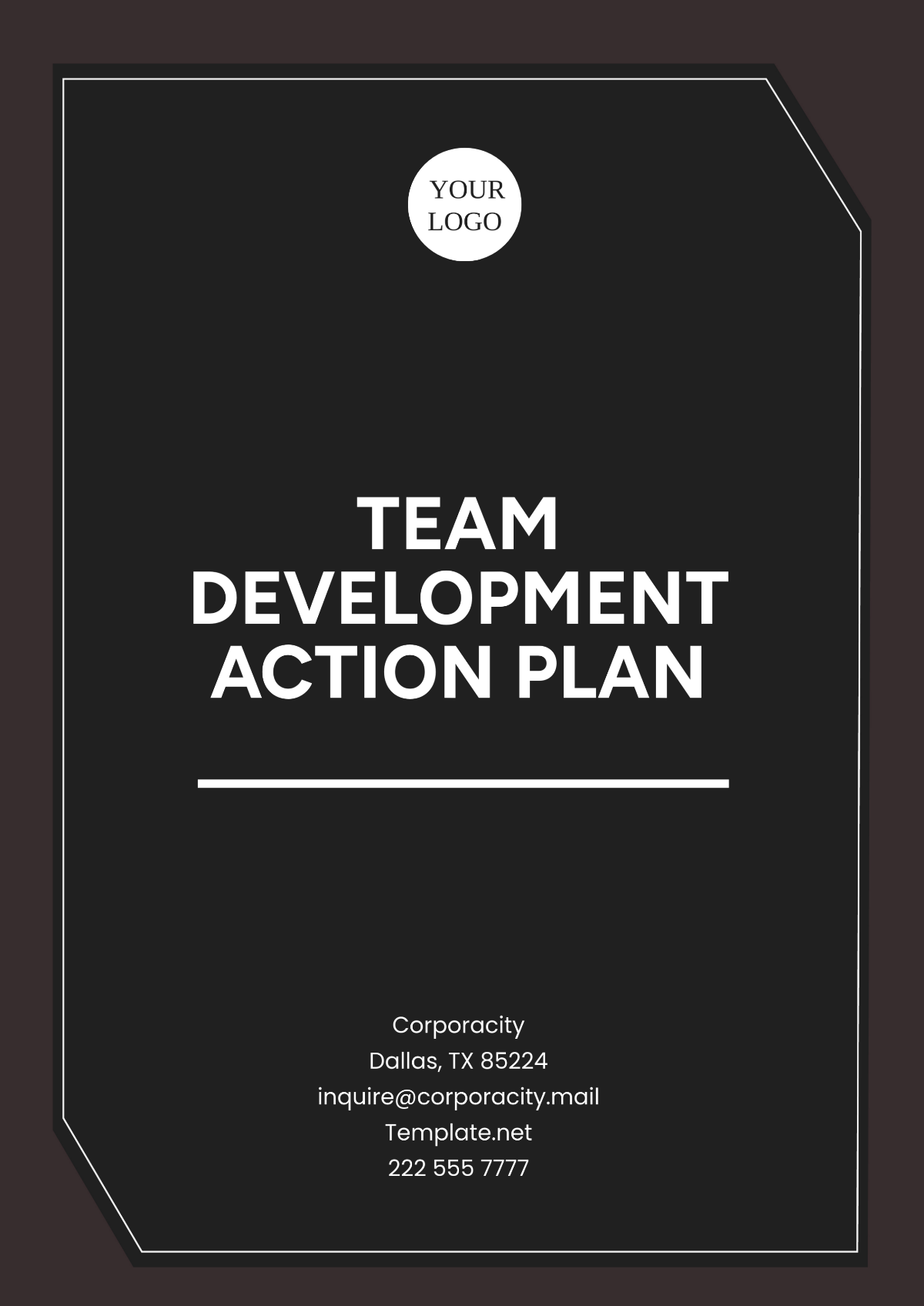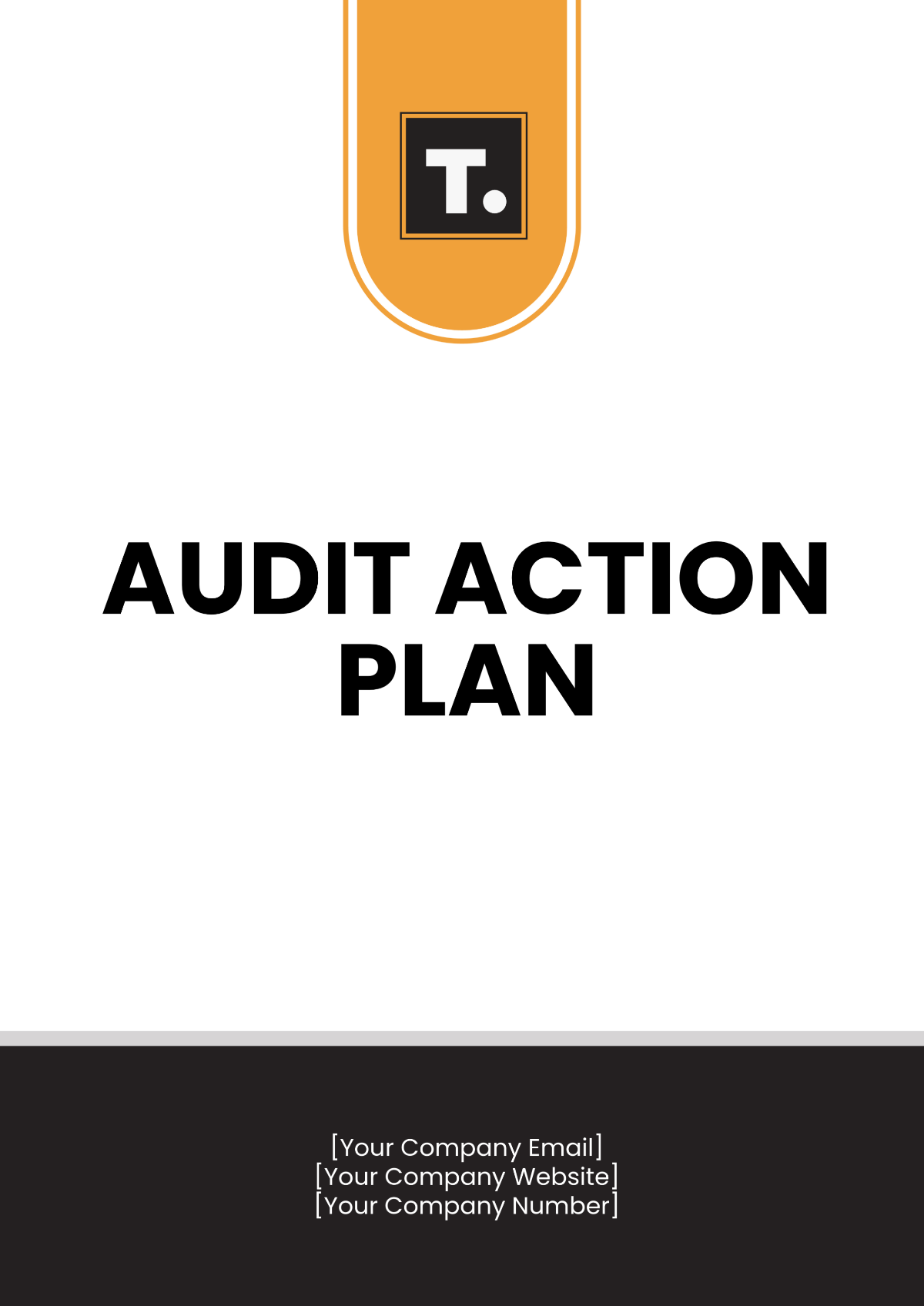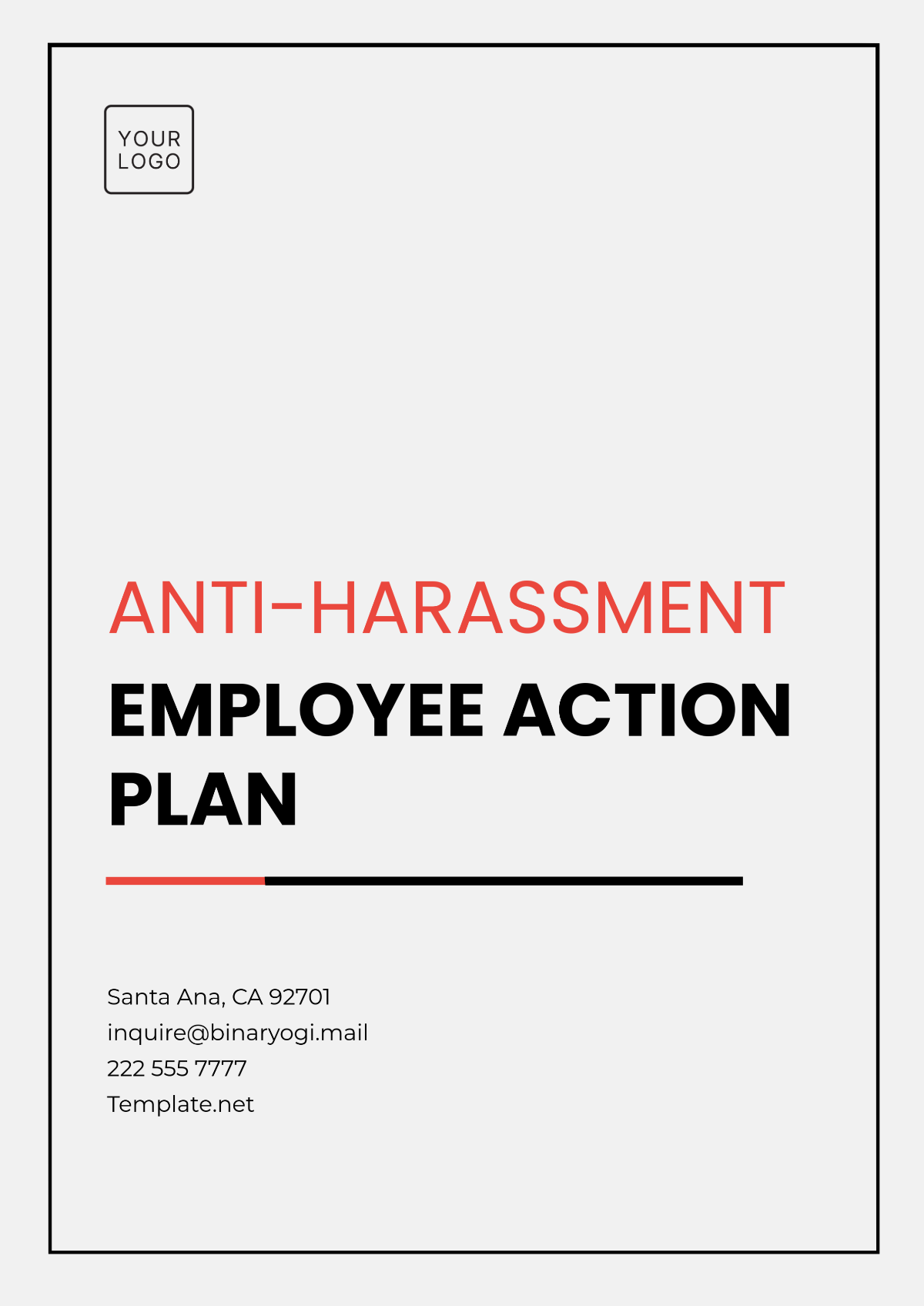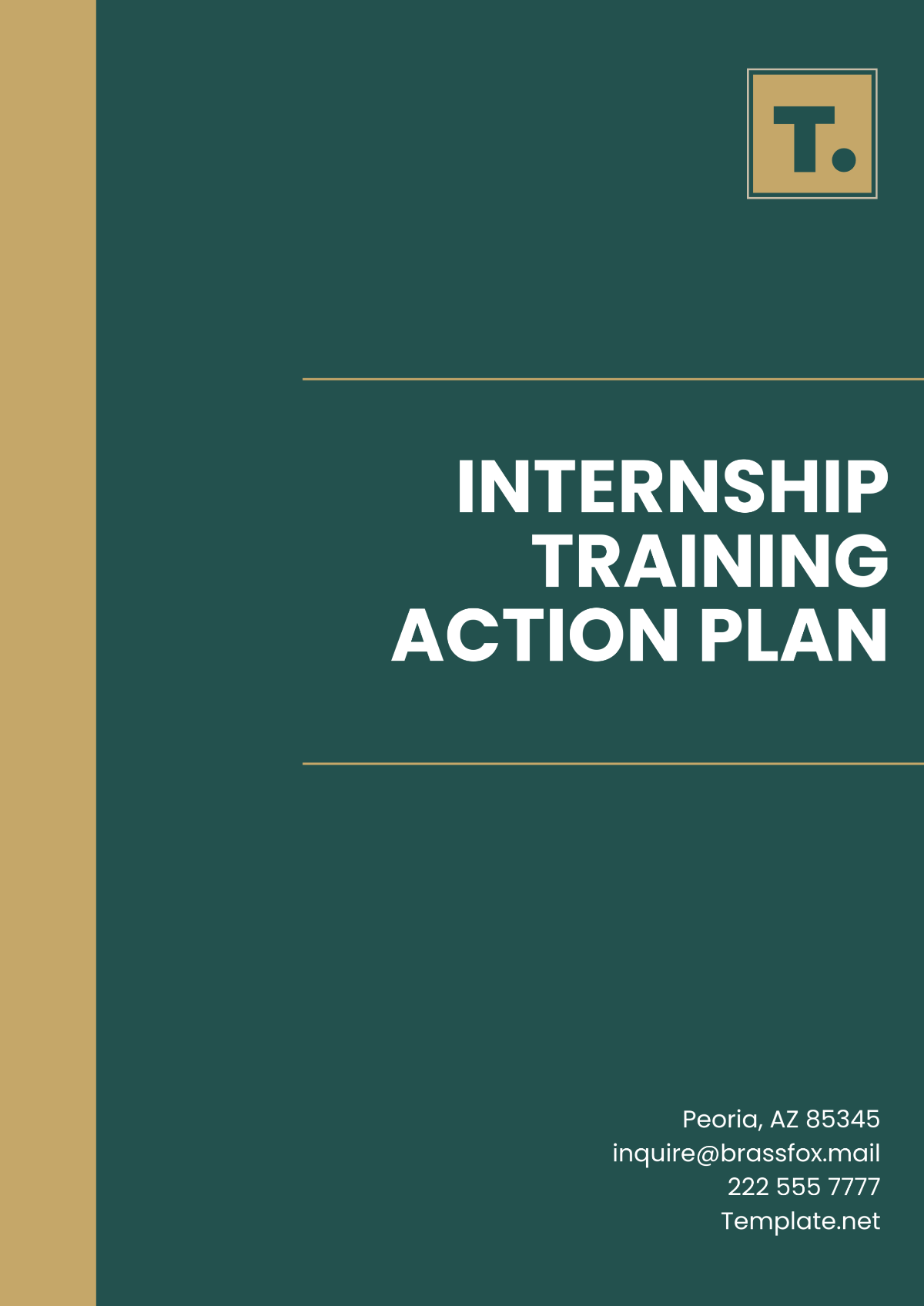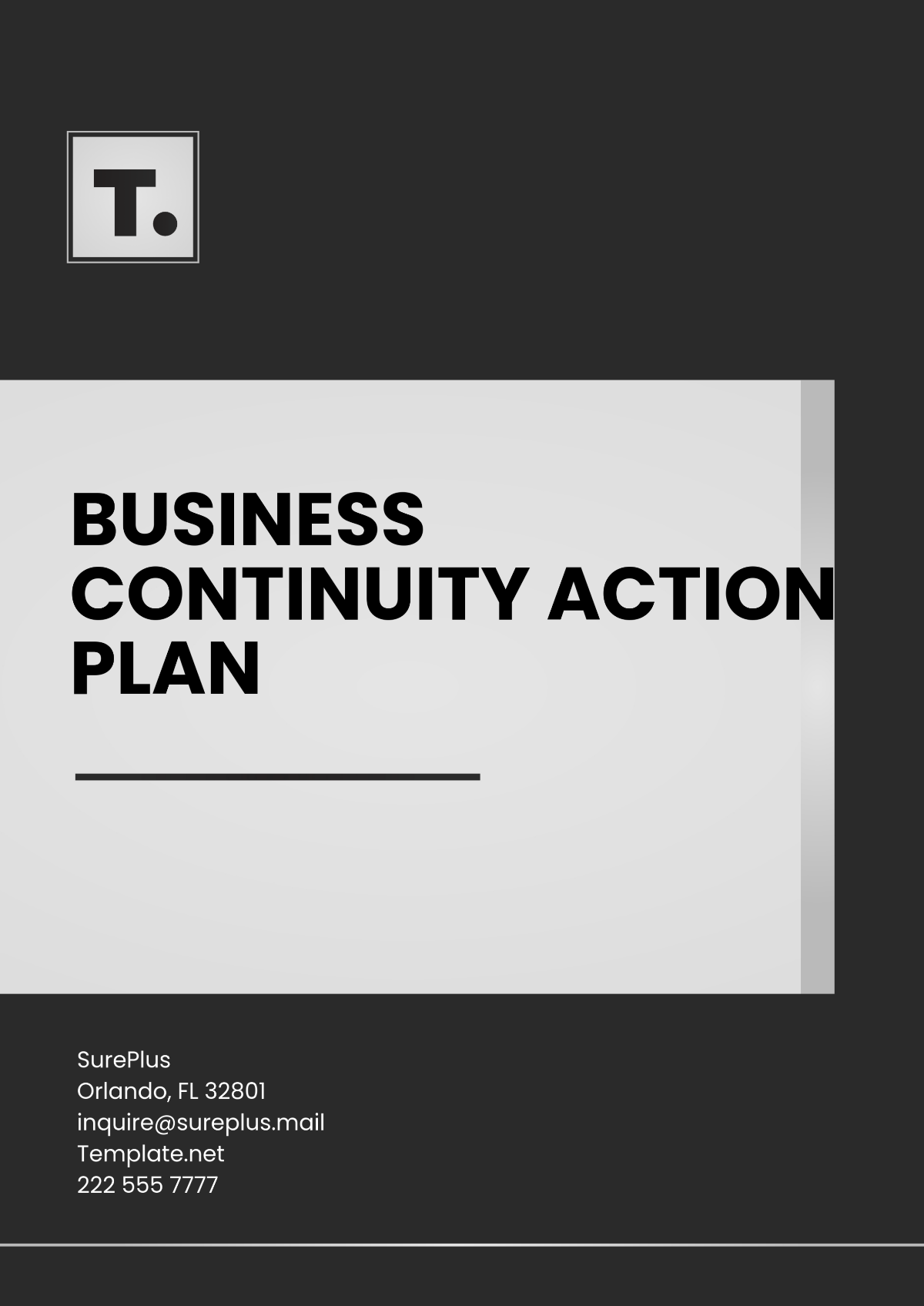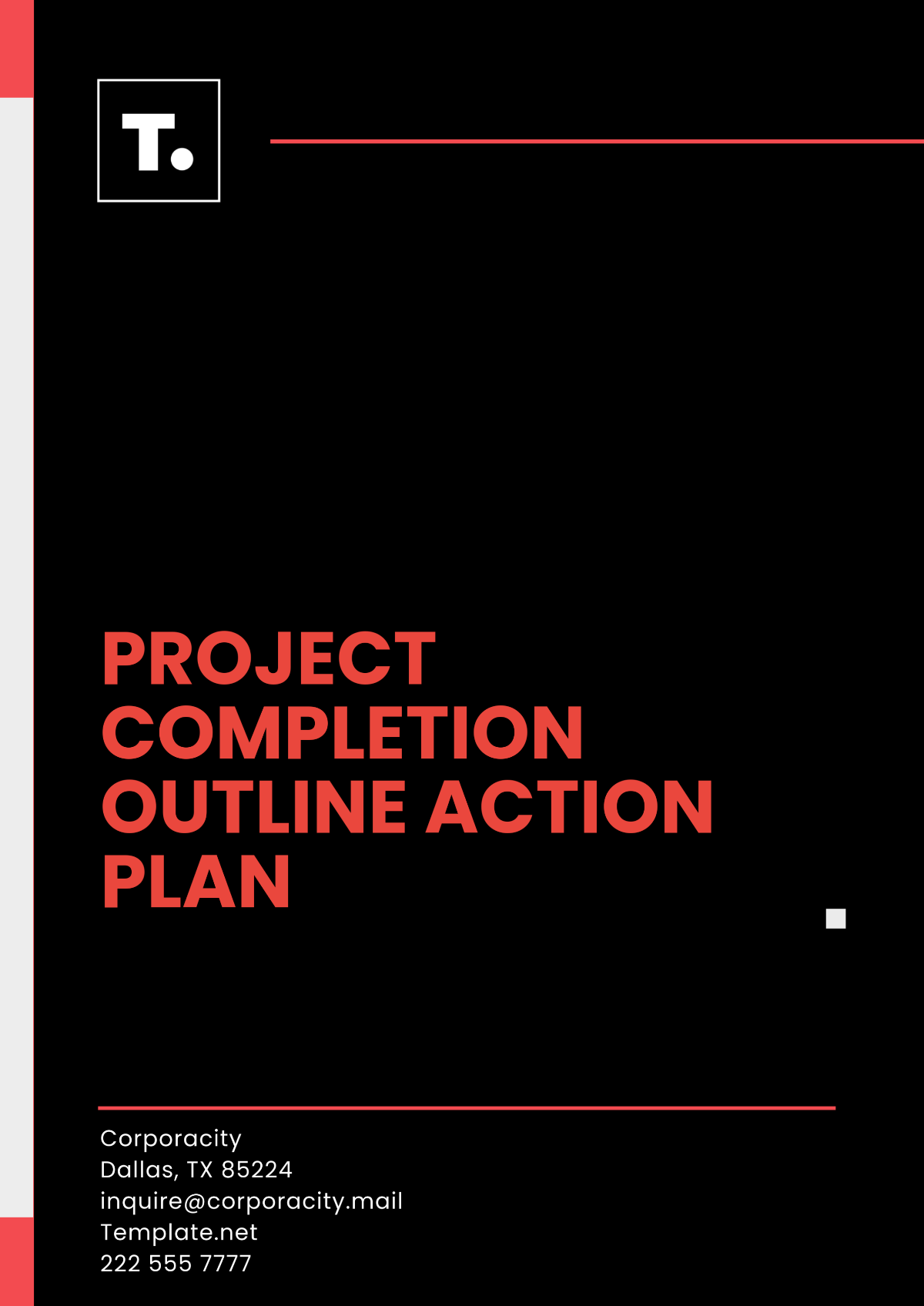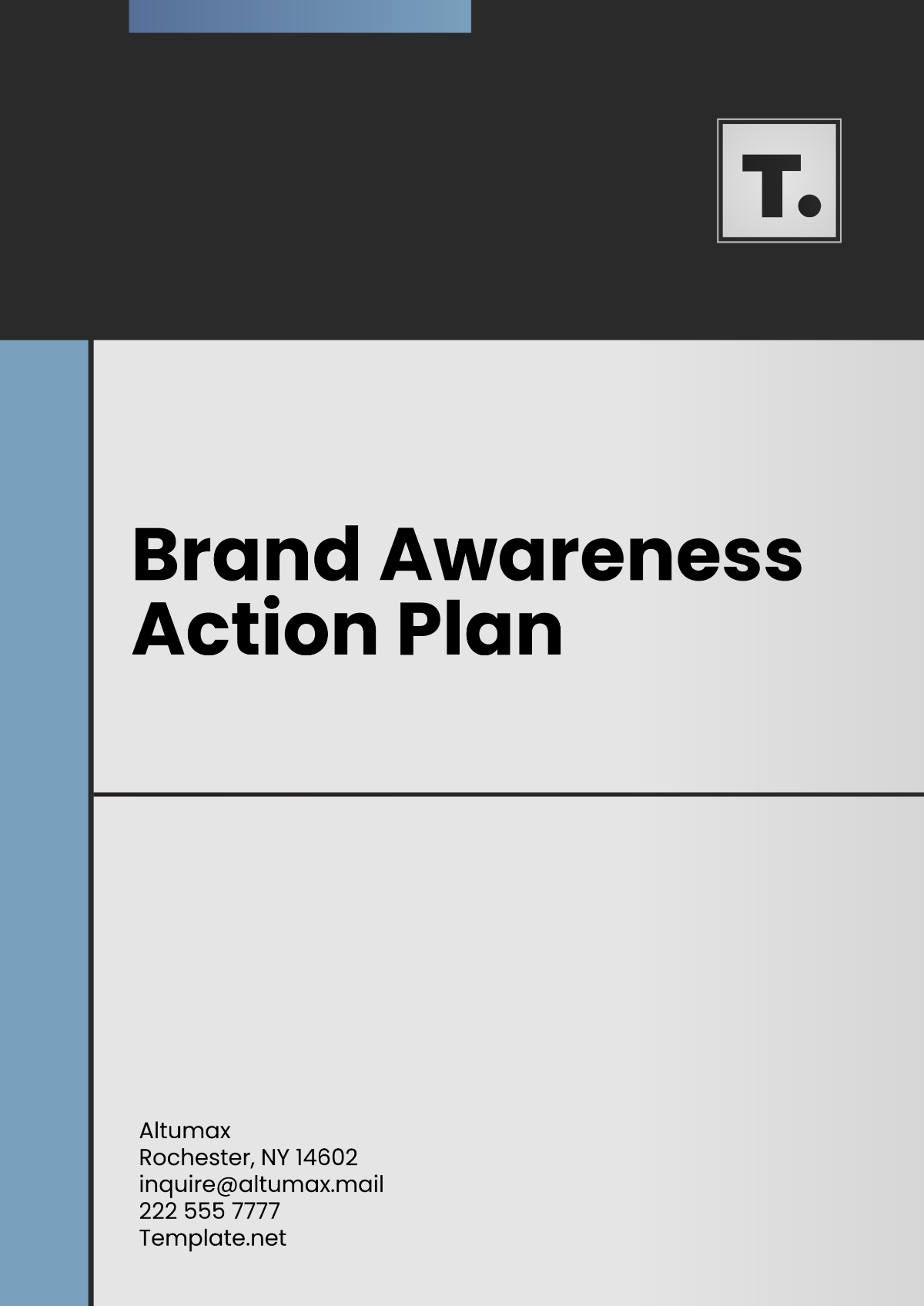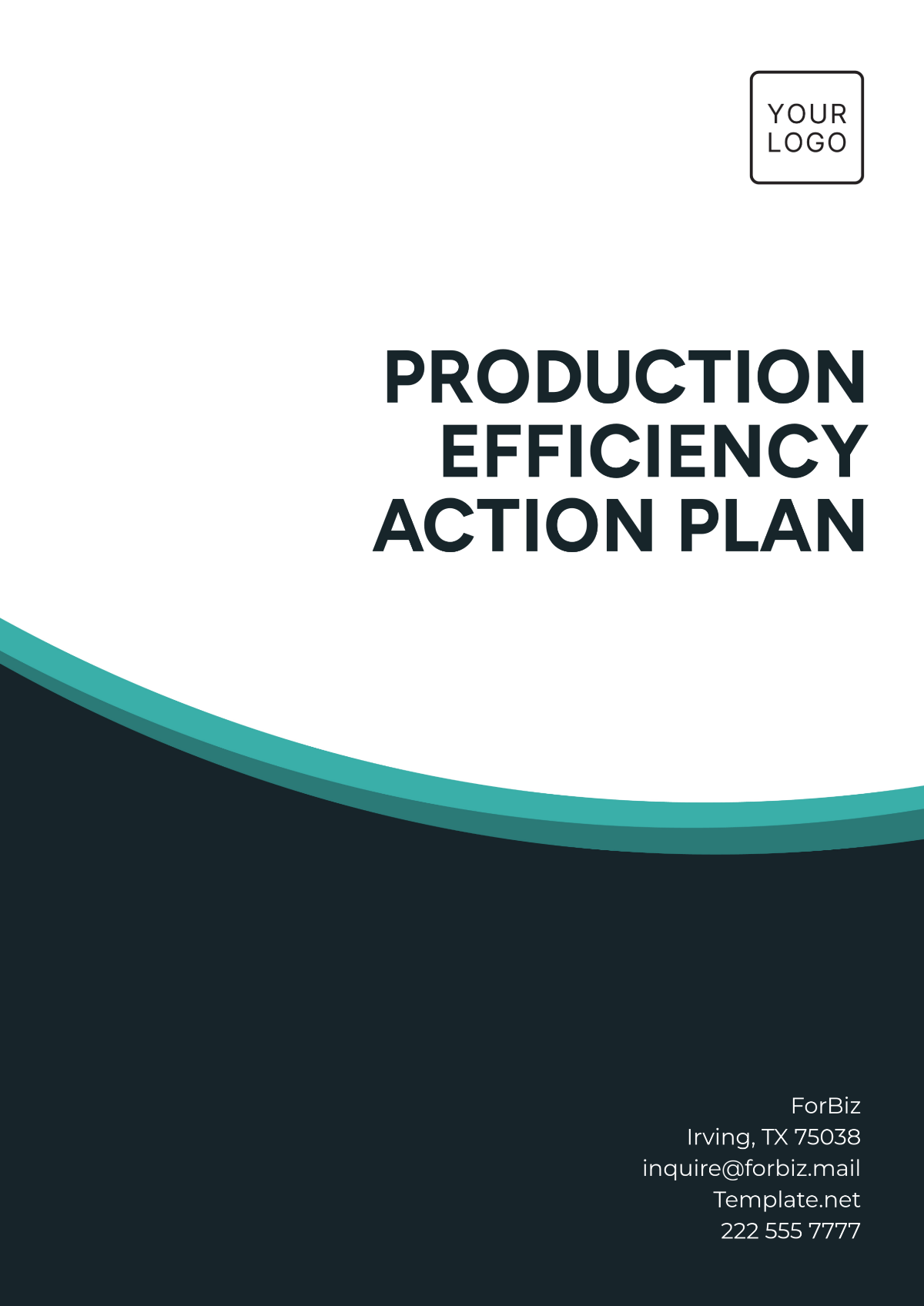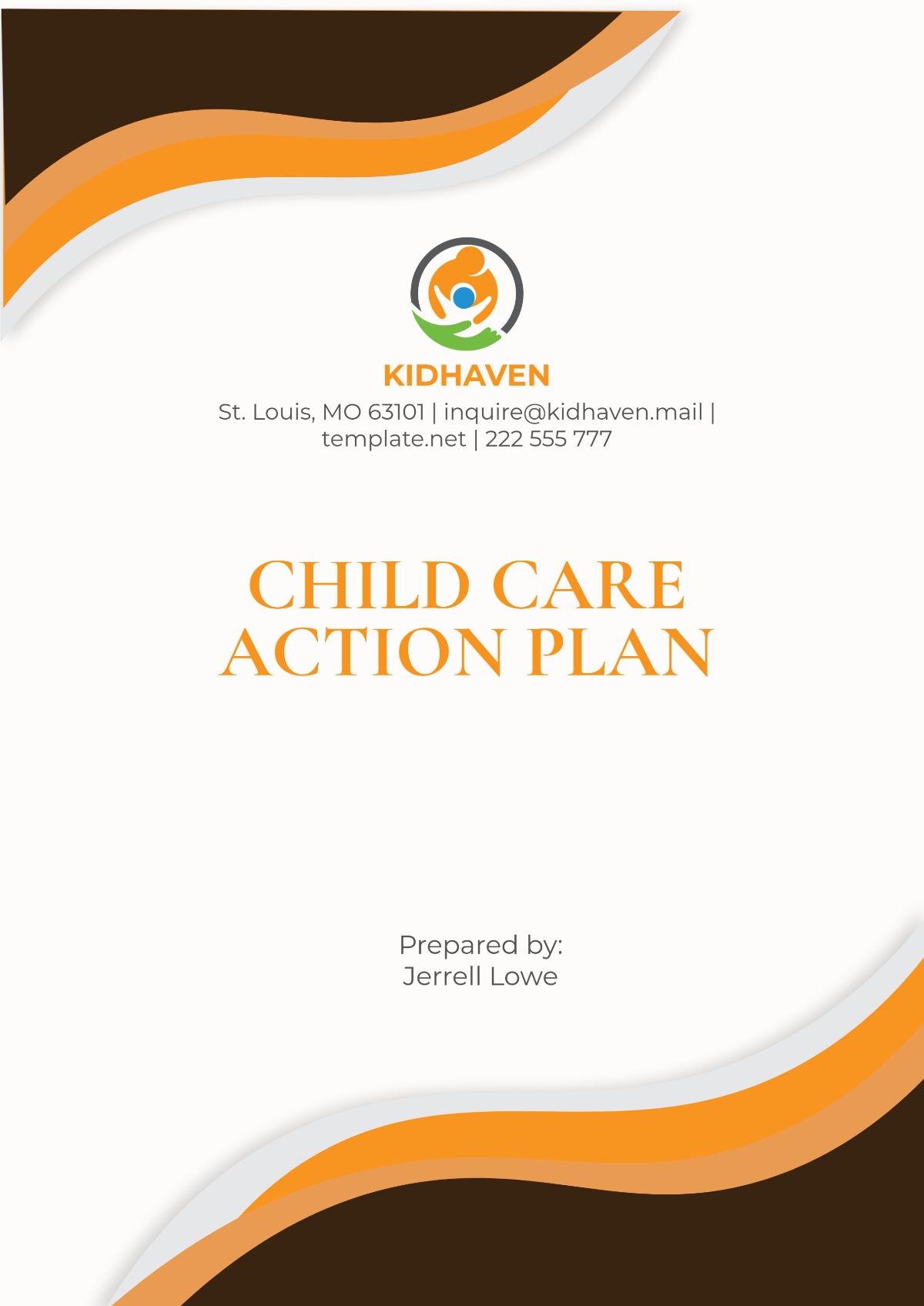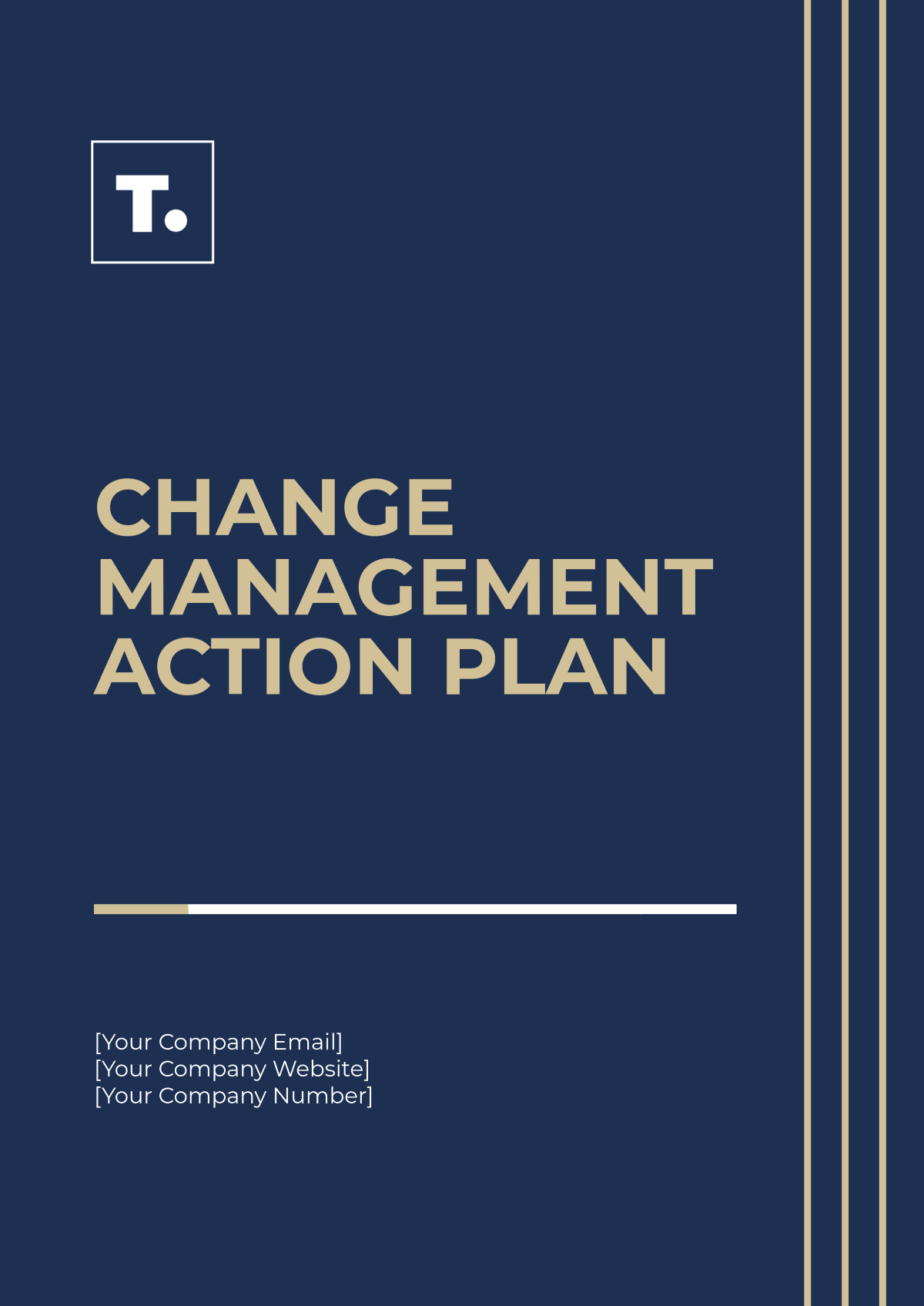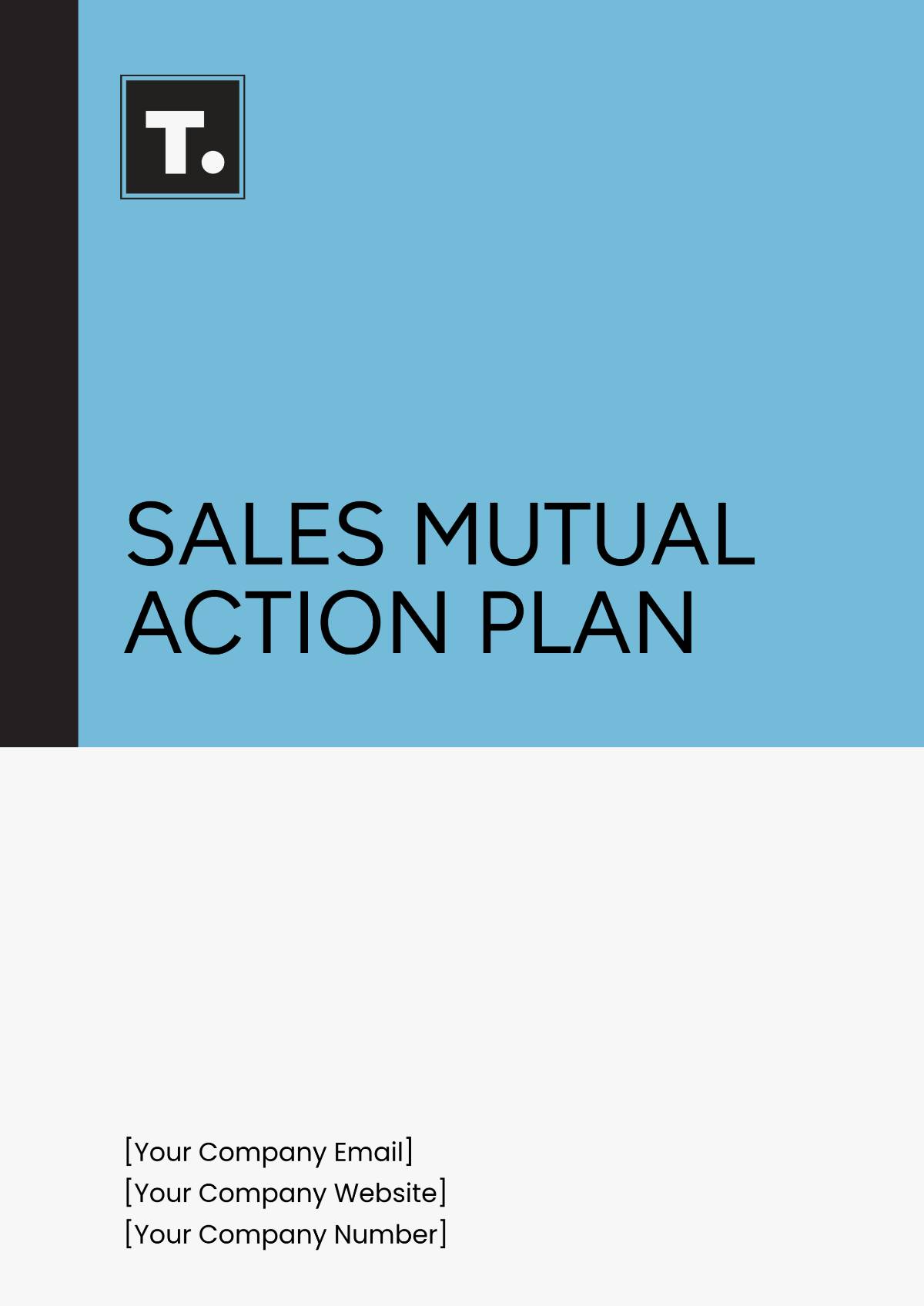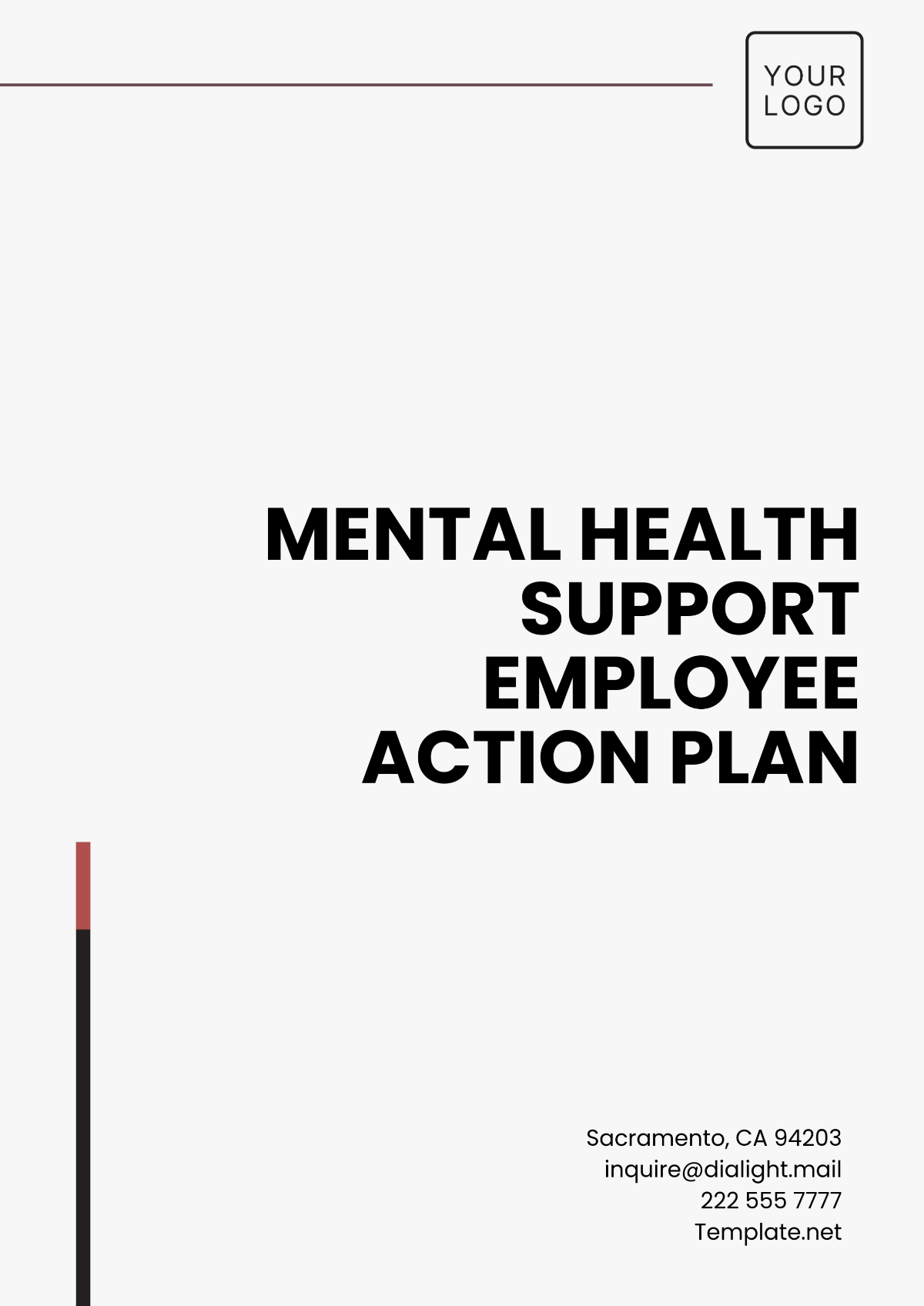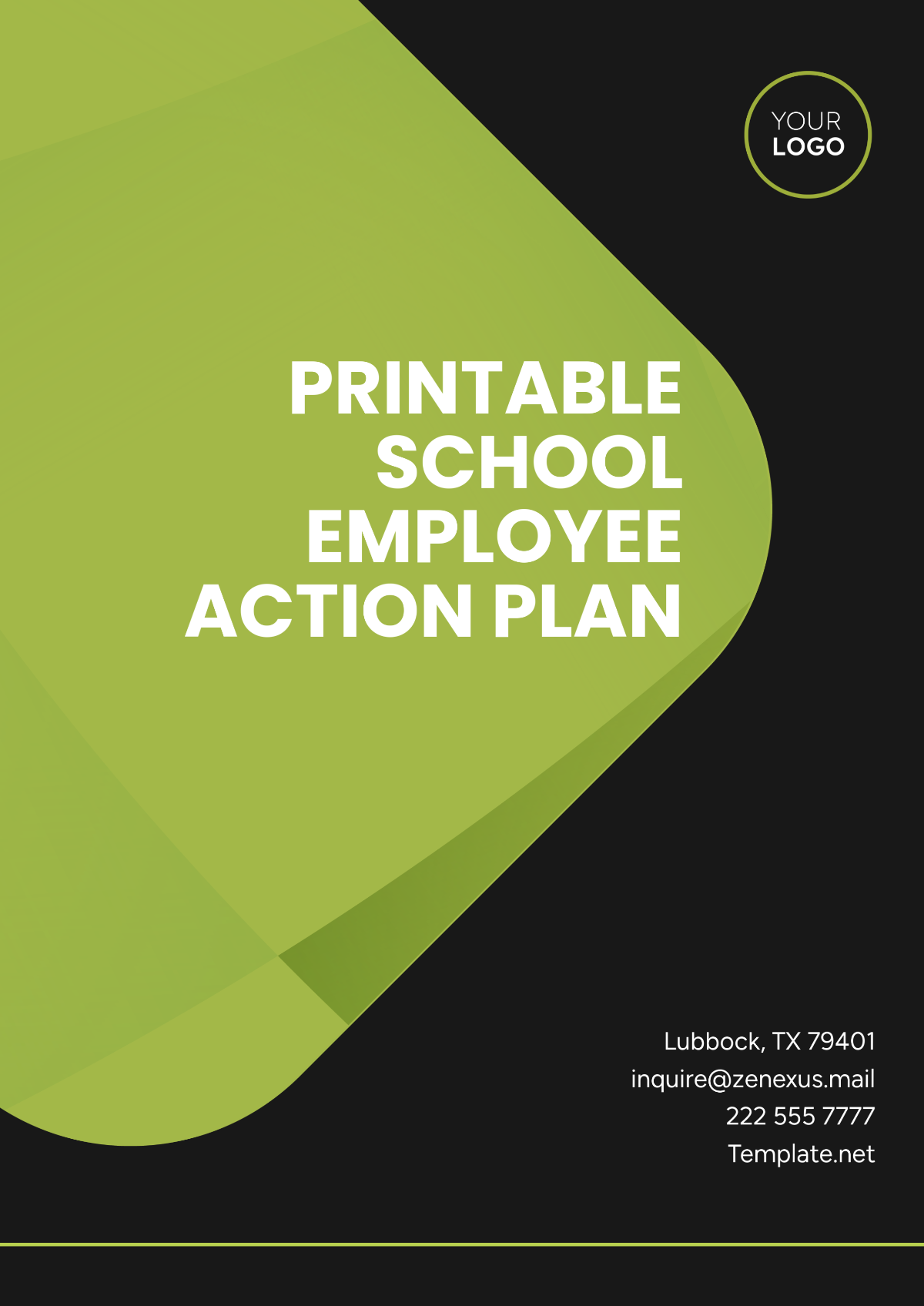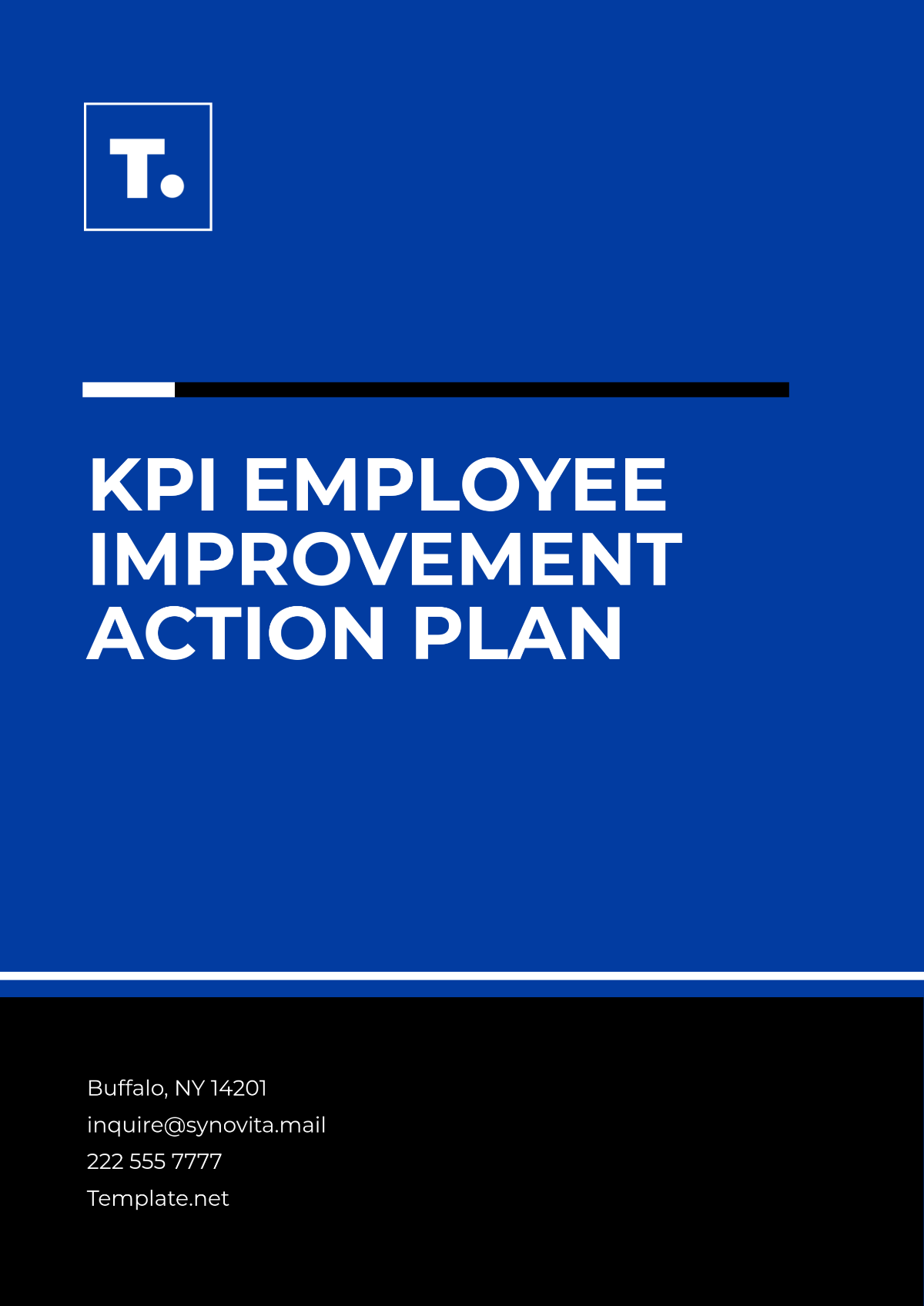Mutual Action Plan
I. Introduction
Project Name: Innovative Product Development Collaboration
Date: January 1, 2050
Parties Involved:
Company A | Company B |
|---|---|
[YOUR COMPANY NAME] | [PARTNER COMPANY NAME] |
[YOUR NAME] | [REPRESENTATIVE'S NAME] |
II. Objectives
Develop a cutting-edge product that leverages the unique strengths of both organizations.
Ensure timely project completion with clearly defined milestones and deliverables.
Maintain open and transparent communication to facilitate smooth collaboration and issue resolution.
III. Key Milestones and Deliverables
Milestone | Description | Responsible Party | Due Date |
|---|---|---|---|
Initial Project Planning | Outline scope, resources, and timelines | [YOUR COMPANY NAME] | February 1, 2050 |
Research and Development Phase | Conduct joint R&D activities | Both Companies | June 1, 2050 |
Prototype Development | Create a working prototype of the product | [PARTNER COMPANY NAME] | September 1, 2050 |
Testing and Feedback | Test prototype and gather feedback from both teams | Both Companies | December 1, 2050 |
Final Product Launch | Officially launch the product to the market | [YOUR COMPANY NAME] | March 1, 2051 |
IV. Roles and Responsibilities
Company | Responsibilities |
|---|---|
[YOUR COMPANY NAME] |
|
[PARTNER COMPANY NAME] |
|
V. Communication Plan
Effective communication is crucial for the success of our collaborative project. The following communication plan outlines the various channels and protocols we will utilize to ensure clear and timely communication between our teams:
Communication Channel | Description |
|---|---|
Regular Meetings |
|
Reporting |
|
Escalation Procedure |
|
Communication Channels |
|
VI. Risk Management
Risk management is essential for identifying and mitigating potential threats that could impact the successful execution of our collaborative project. The following steps outline our approach to risk management:
1. Risk Identification:
Risk Assessment: A comprehensive risk assessment will be conducted during the initial planning phase. This assessment will involve identifying potential risks across various aspects of the project, including technical, financial, and logistical.
Stakeholder Input: Input from key stakeholders from both companies will be solicited to ensure a thorough identification of risks. This will include project managers, technical leads, and executives.
2. Risk Mitigation Strategies:
Risk Prioritization: Identified risks will be prioritized based on their potential impact and likelihood of occurrence. High-priority risks will receive immediate attention and mitigation efforts.
Mitigation Planning: Mitigation strategies will be developed for each identified risk. These strategies may include risk avoidance, risk transfer, risk reduction, or risk acceptance, depending on the nature of the risk.
Resource Allocation: Adequate resources, including personnel, time, and budget, will be allocated to implement risk mitigation strategies effectively.
3. Contingency Planning:
Contingency Identification: Contingency plans will be developed for critical risks that could significantly impact project timelines or objectives. These plans will outline specific actions to be taken in the event of risk occurrence.
Scenario Analysis: Various scenarios will be analyzed to anticipate potential outcomes of identified risks and inform the development of contingency plans.
Regular Review: Contingency plans will be regularly reviewed and updated as necessary throughout the project to ensure their relevance and effectiveness.
4. Risk Monitoring and Reporting:
Regular Monitoring: Risks will be continuously monitored throughout the project lifecycle to track changes in risk exposure and identify new risks that may arise.
Risk Reporting: Regular risk reports will be generated and shared with project stakeholders. These reports will provide updates on risk status, mitigation efforts, and any changes in risk exposure.
VII. Confidentiality and Intellectual Property
To protect sensitive information and clarify intellectual property rights:
1. Confidentiality Agreement:
Both parties agree to maintain the confidentiality of all shared information and proprietary data exchanged during the project. The confidentiality agreement will encompass the following provisions:
Non-Disclosure: Neither party shall disclose any confidential information to third parties without the prior written consent of the disclosing party.
Use Limitation: Confidential information shall only be used for the collaborative project and shall not be utilized for any other purpose without explicit authorization.
Duration: The confidentiality obligations shall remain in effect for a specified period following the termination of the collaborative project, as outlined in the agreement.
2. Intellectual Property Rights:
Clear agreements regarding the ownership and usage rights of the developed product and associated intellectual property will be established and documented. The following considerations will be addressed:
Ownership: Both parties shall retain ownership of any pre-existing intellectual property brought into the project. Any new intellectual property developed during the project will be jointly owned by both parties unless otherwise agreed upon in writing.
Usage Rights: Both parties shall be granted non-exclusive, royalty-free licenses to use the jointly developed intellectual property for the purposes outlined in the collaborative project. Any usage beyond the scope of the project will require mutual consent.
Indemnification: Both parties agree to indemnify and hold harmless against any claims of infringement or misappropriation of intellectual property arising from the collaborative project.
3. Dispute Resolution:
In the event of any disputes arising from confidentiality or intellectual property matters, the following dispute-resolution mechanisms will be employed:
Negotiation: Parties will attempt to resolve disputes amicably through good faith negotiation and discussion.
Mediation: If negotiation proves unsuccessful, parties may opt for mediation by a neutral third party to facilitate resolution.
Arbitration: Should mediation fail to resolve the dispute, parties may proceed to arbitration by mutually agreed-upon arbitration rules and procedures.
VIII. Conclusion
This Mutual Action Plan represents a commitment by [YOUR COMPANY NAME] and [PARTNER COMPANY NAME] to collaborate effectively and achieve our shared objectives. By following the outlined steps and maintaining open communication, we aim to develop a successful and innovative product. This plan will be reviewed regularly to ensure that we stay on track and make adjustments as necessary to address any challenges that arise.
Together, we look forward to a productive and successful partnership.

